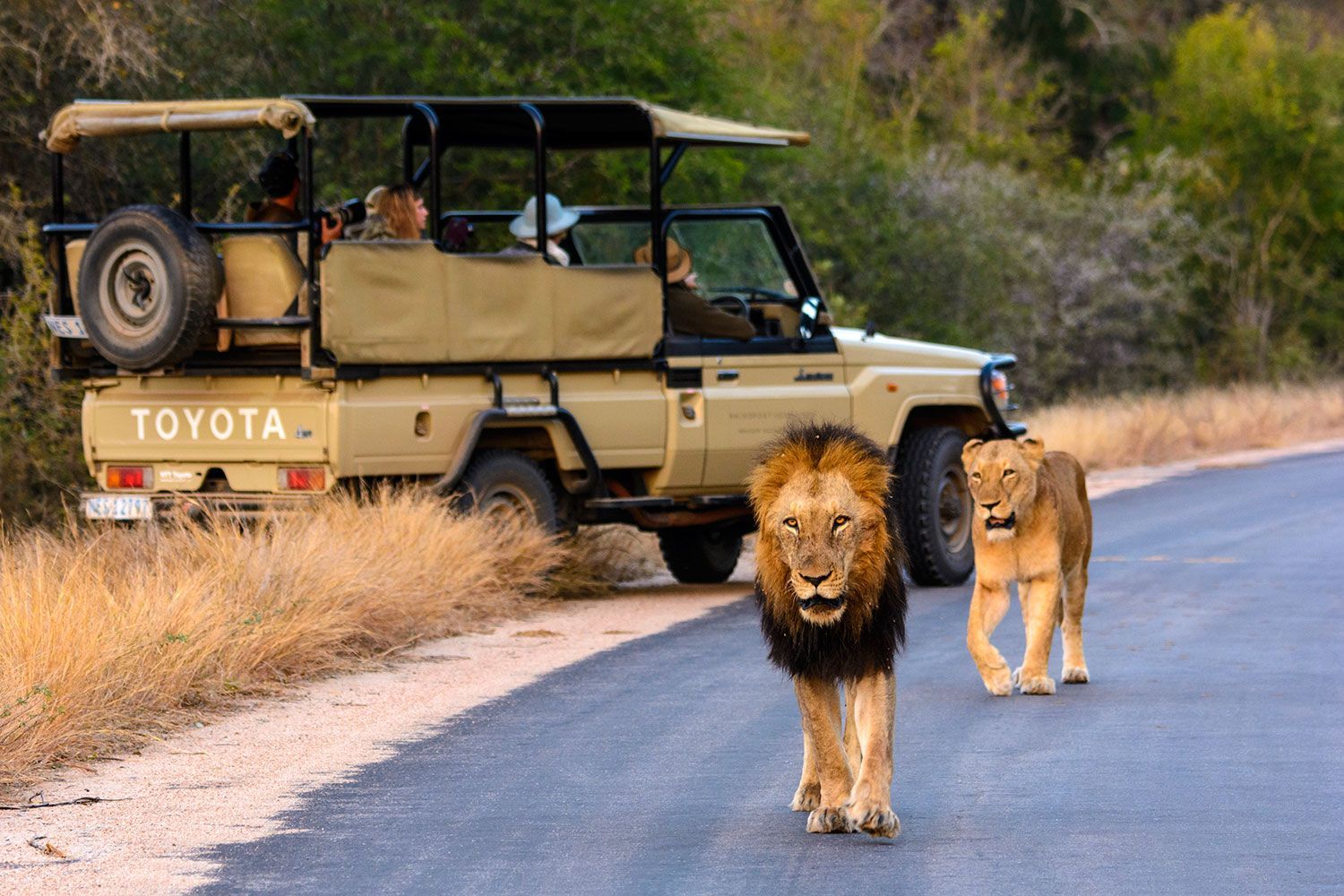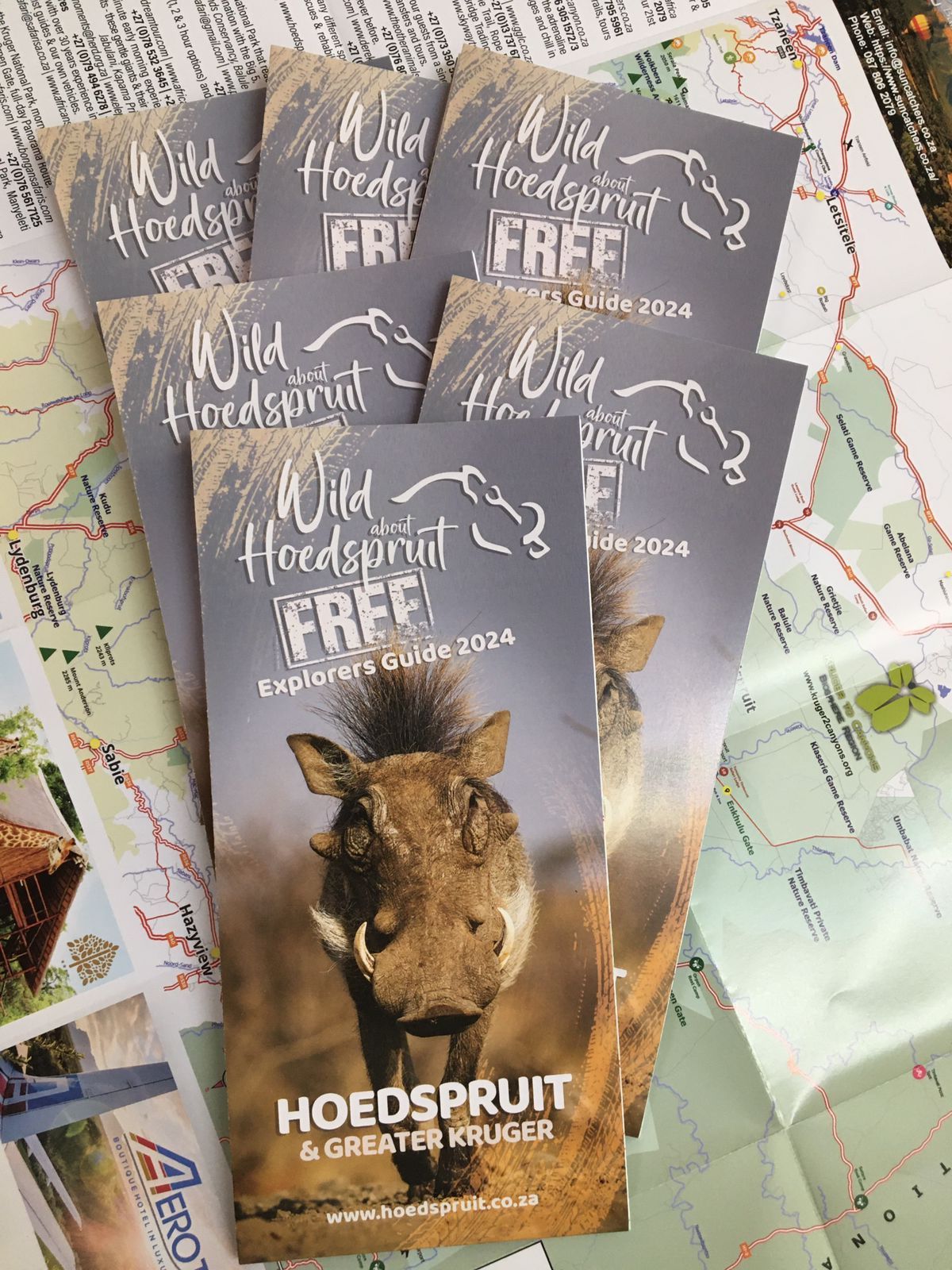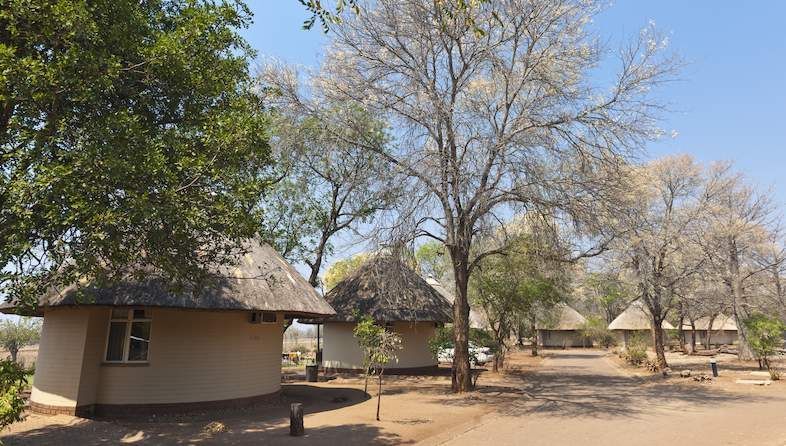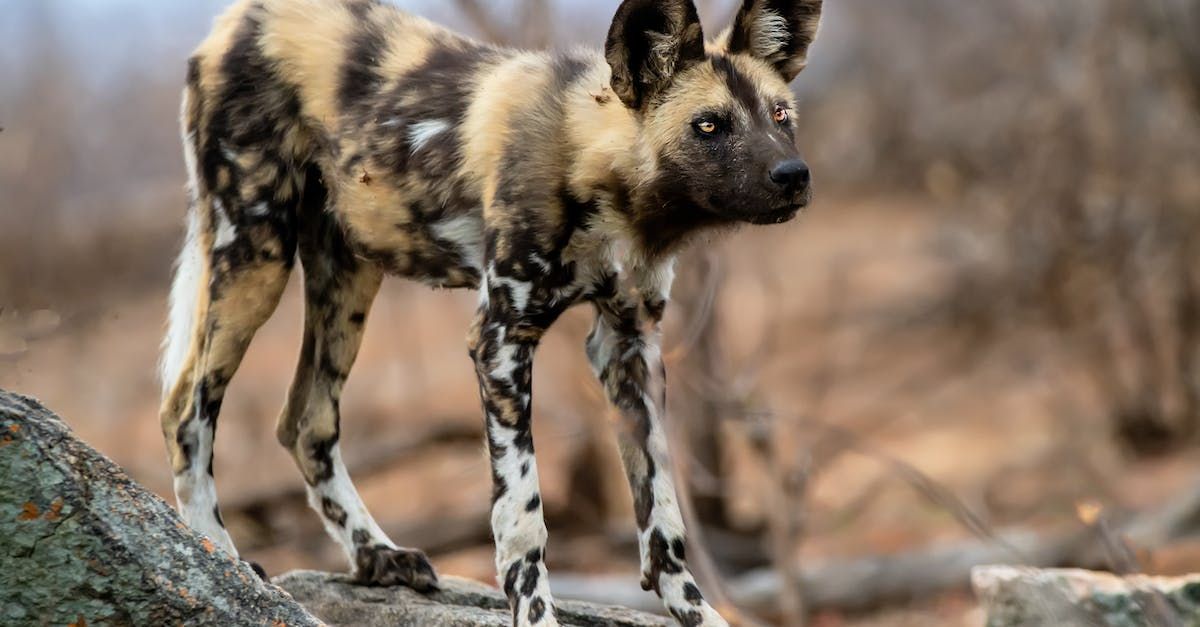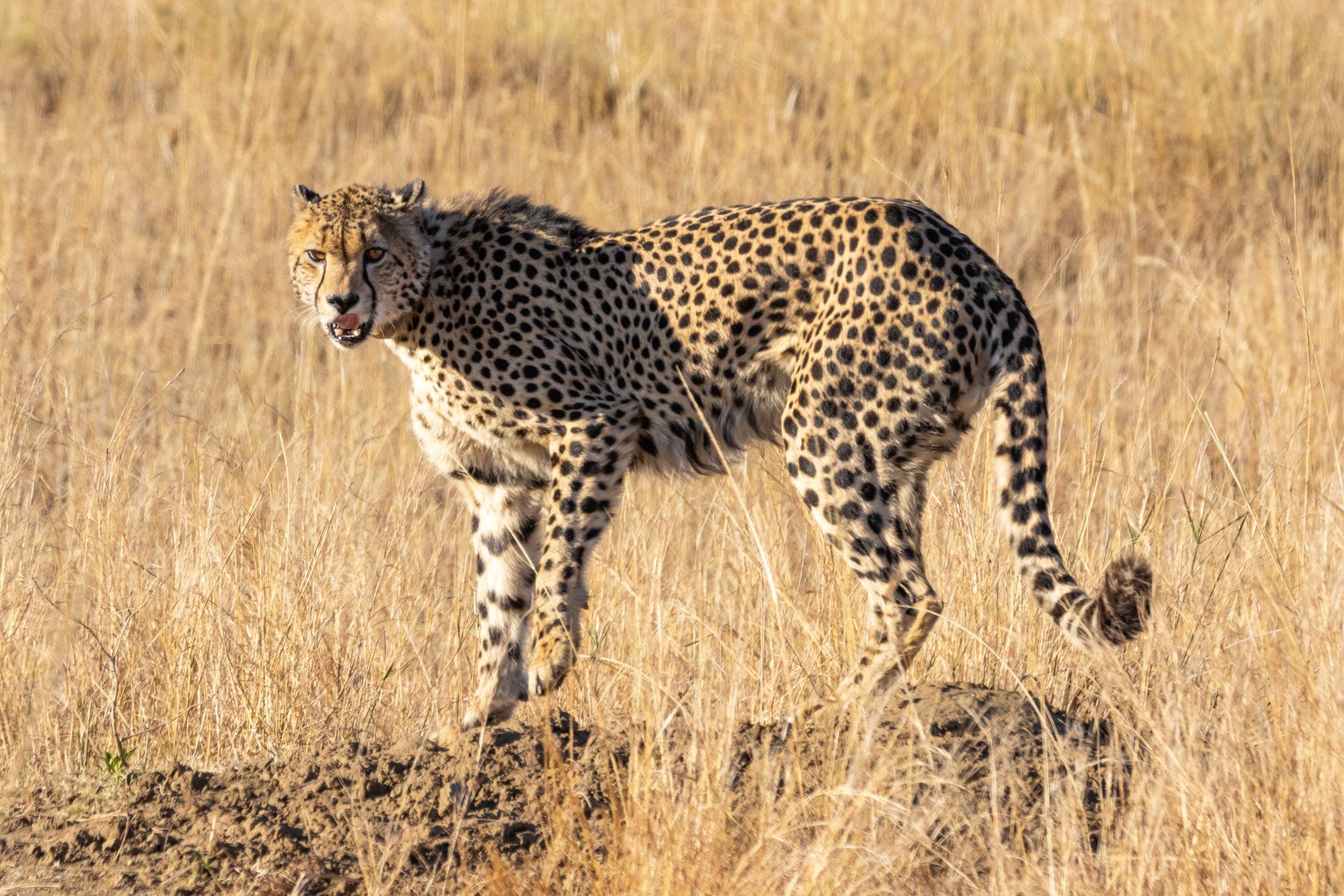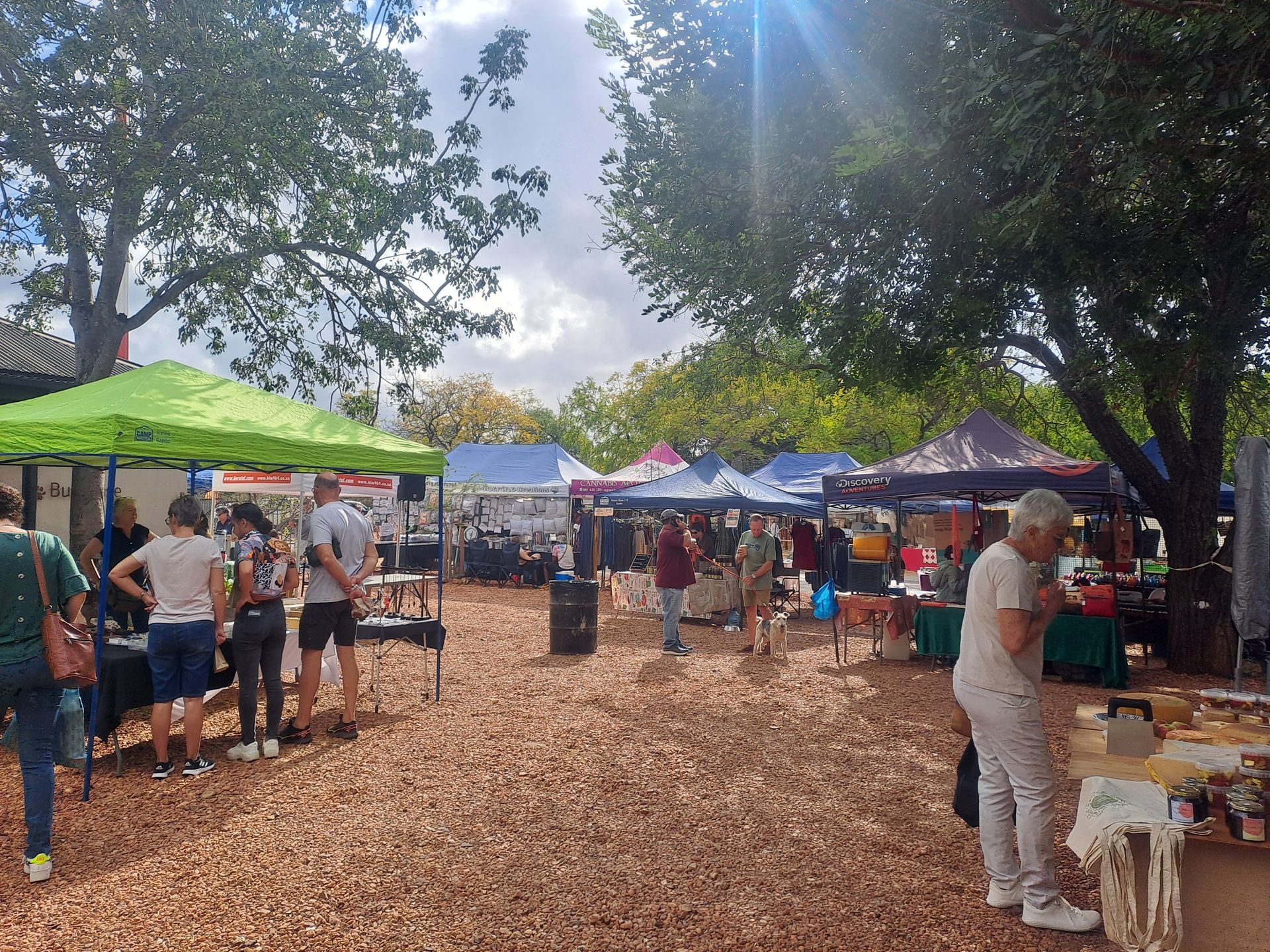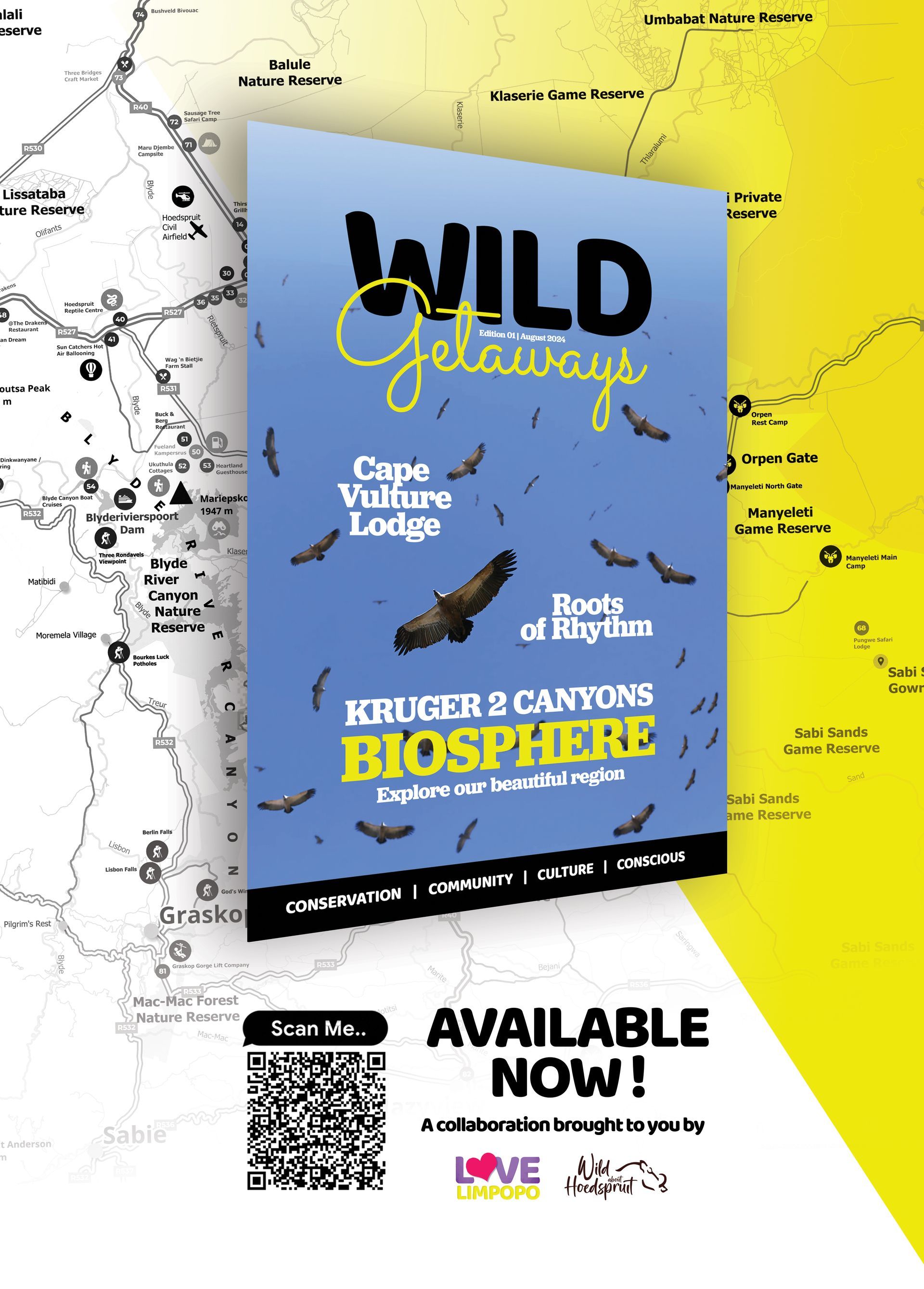Elephants in Kruger National Park: A Complete Guide
Kruger National Park, a wildlife haven in South Africa, is home to an array of fascinating creatures, with elephants standing out as one of the park's most iconic residents. Encounter with these majestic animals is not only exciting but also offers a profound connection with nature.
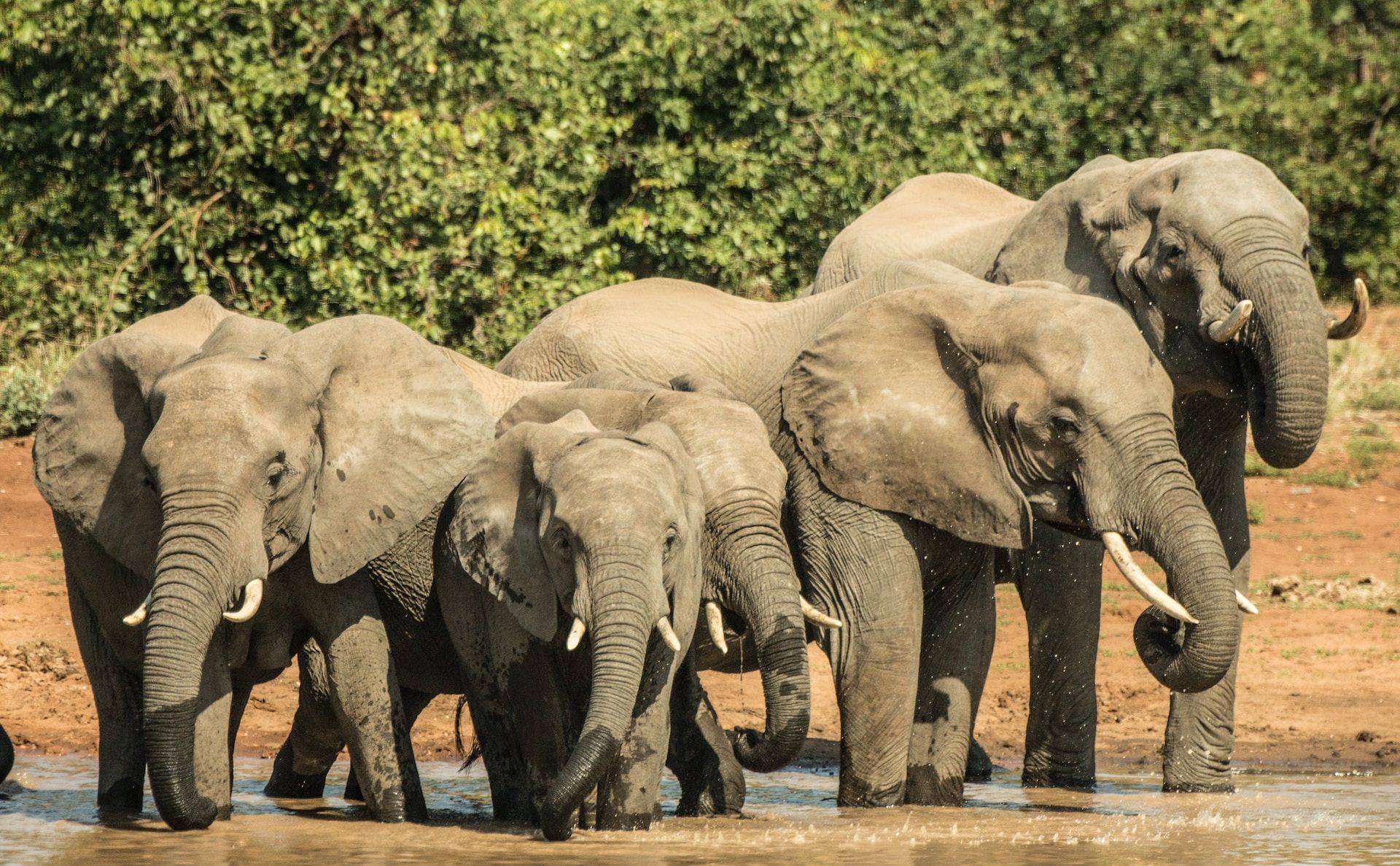
Identification
Physical Characteristics
Kruger's elephants are the epitome of grandeur, with large, distinctive ears and long, powerful trunks. Adult males, known as bulls, can weigh up to six tons, while females, or cows, are slightly smaller. Their grayish skin often bears mud markings, providing a unique identifier for individuals.
Unique Features for Easy Identification
Each elephant has distinct tusks, size variations, and ear shapes. Observing these features can help enthusiasts identify and track individual elephants, adding a personal touch to the wildlife experience.
Fascinating Facts
Elephants play a pivotal role in Kruger's ecosystem, acting as ecological engineers. They shape the landscape by creating paths, clearing vegetation, and even dispersing seeds, contributing to the park's biodiversity.
Habitat and Range
Elephants in Kruger National Park roam across various landscapes, from dense woodlands to open savannas. They are particularly abundant in the northern regions of the park, such as the Letaba and Shingwedzi areas, where water sources are plentiful.
Best Times for Sighting
Seasonal Variations in Visibility
Dry seasons, from May to September, are optimal for elephant sightings as they gather around waterholes. However, the wet season, from November to March, offers lush landscapes and adorable sightings of elephant calves.
Preferred Times of the Day
Early mornings and late afternoons are prime times for elephant encounters. The cooler temperatures prompt increased activity, and the soft sunlight enhances the beauty of these magnificent creatures.
Behavior and Social Structure
Behavioral Patterns and Interactions
Elephants exhibit complex social behaviors, including communication through vocalizations and body language. Witnessing their playful interactions, dust baths, and mud wallowing is a testament to their intelligence and emotional depth.
Social Dynamics if Applicable
Elephants live in matriarchal herds led by a wise and experienced female. Understanding their social structure adds depth to the safari experience, as visitors witness the close-knit relationships within the group.
Conservation Status
Despite being a symbol of strength, elephants face threats such as poaching and habitat loss. While Kruger National Park actively engages in conservation efforts, elephants remain classified as vulnerable. Visitor awareness and responsible tourism play a crucial role in supporting these conservation initiatives.
Tips for Spotting
Key Signs to Look For
Keep an eye out for fresh dung, broken branches, and distinct tracks. These signs often lead to recent elephant activity. Listen for distant trumpeting sounds, signaling the presence of a herd.
Popular Regions within Kruger for Sightings
Regions like the Sabi Sands and the northern Pafuri area are renowned for rewarding elephant encounters. Waterholes, riverbanks, and grasslands are hotspots where these gentle giants congregate.
Encountering elephants in Kruger National Park is a privilege that comes with a responsibility to preserve their natural habitats. The significance of these animals in the park's ecosystem and the sheer joy they bring to visitors underscore the importance of observing them respectfully.
Additional Resources
- Kruger National Park: Official Website
- Elephant Conservation: World Wildlife Fund
- Guided Safaris in Kruger: Wild About Kruger
Wild About Kruger
Explore the Wild About Kruger series, your comprehensive source for discovering the magic of Kruger National Park from the hub of Hoedspruit. Here, we delve into all you need to know, from incredible wildlife experiences to insider insights and travel arrangements.
Share This Article
Quicklinks
Related Articles
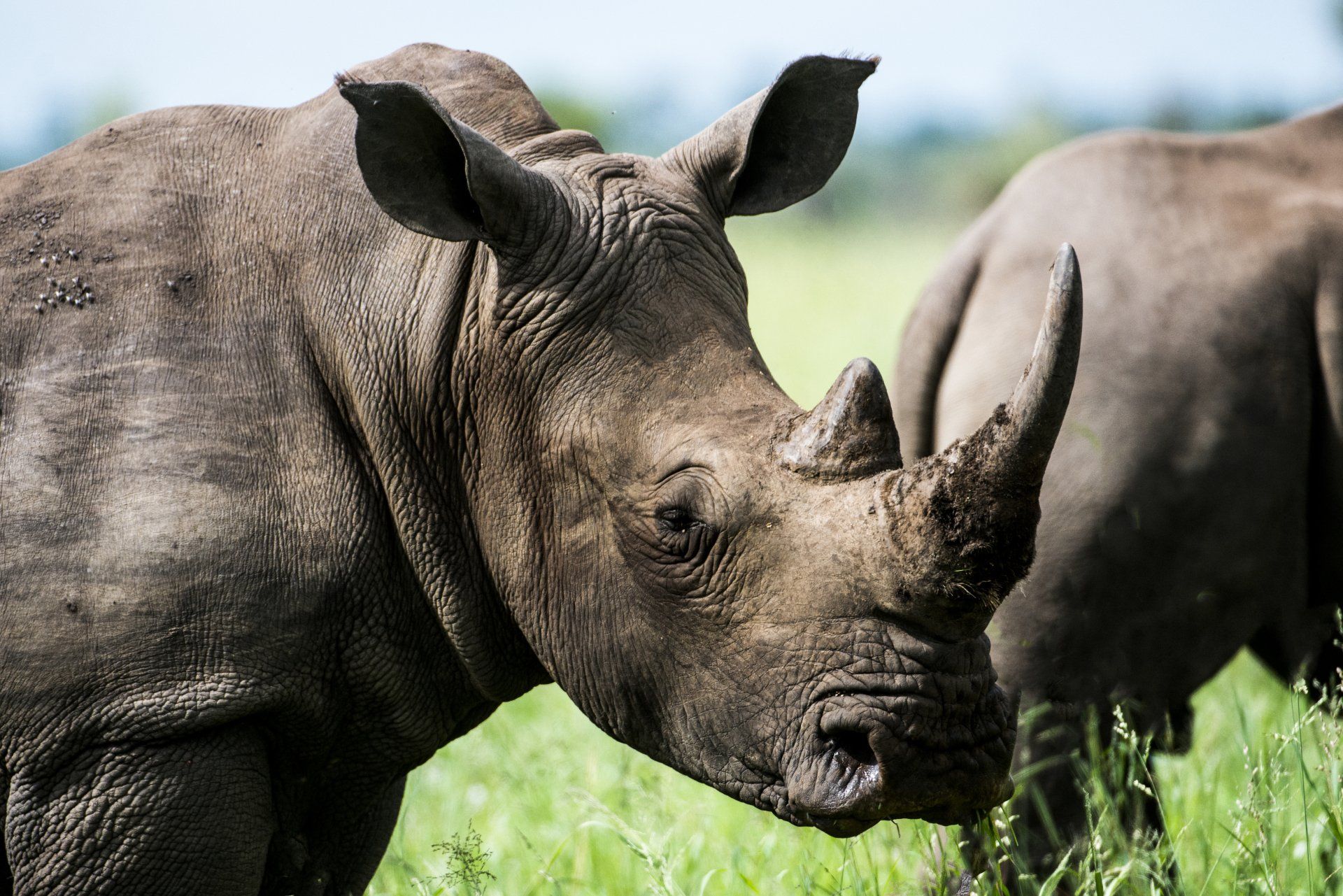
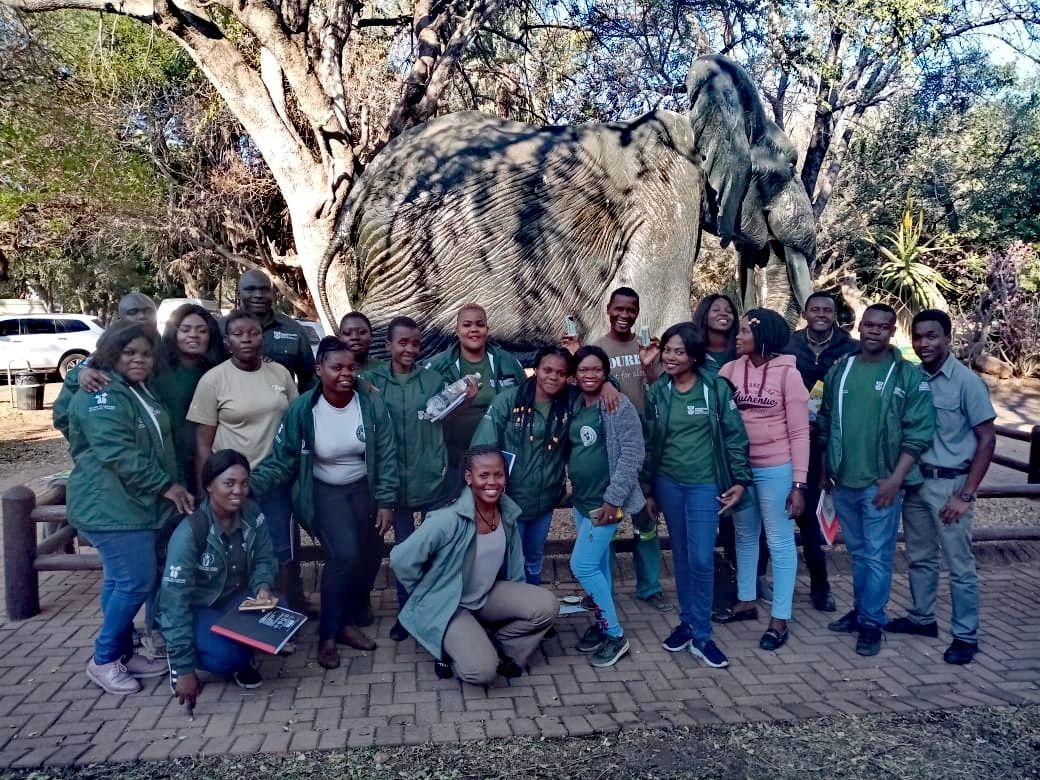

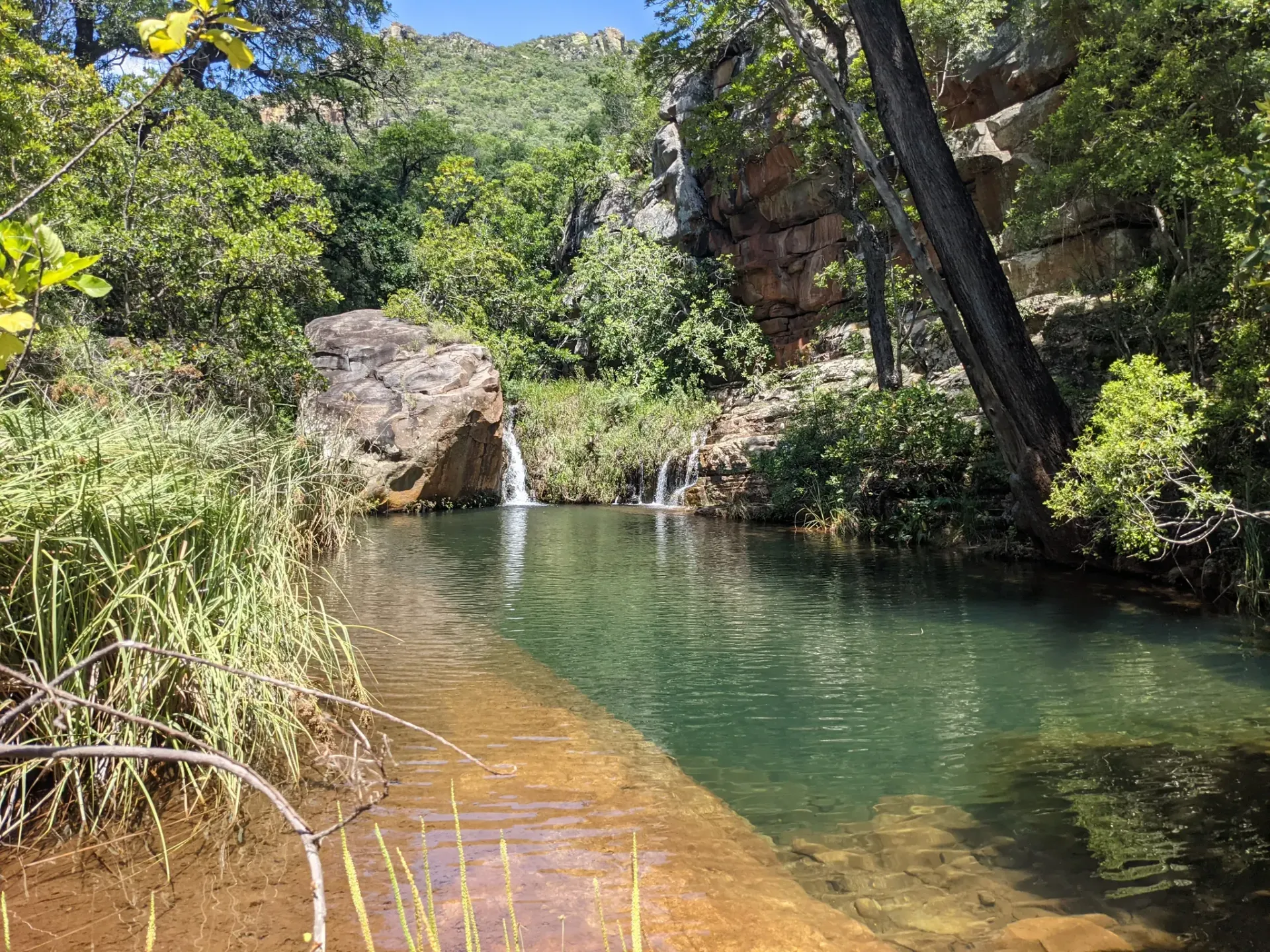



Hoedspruit Articles




